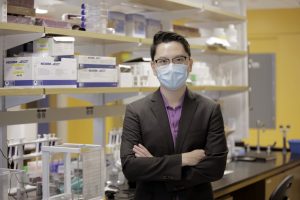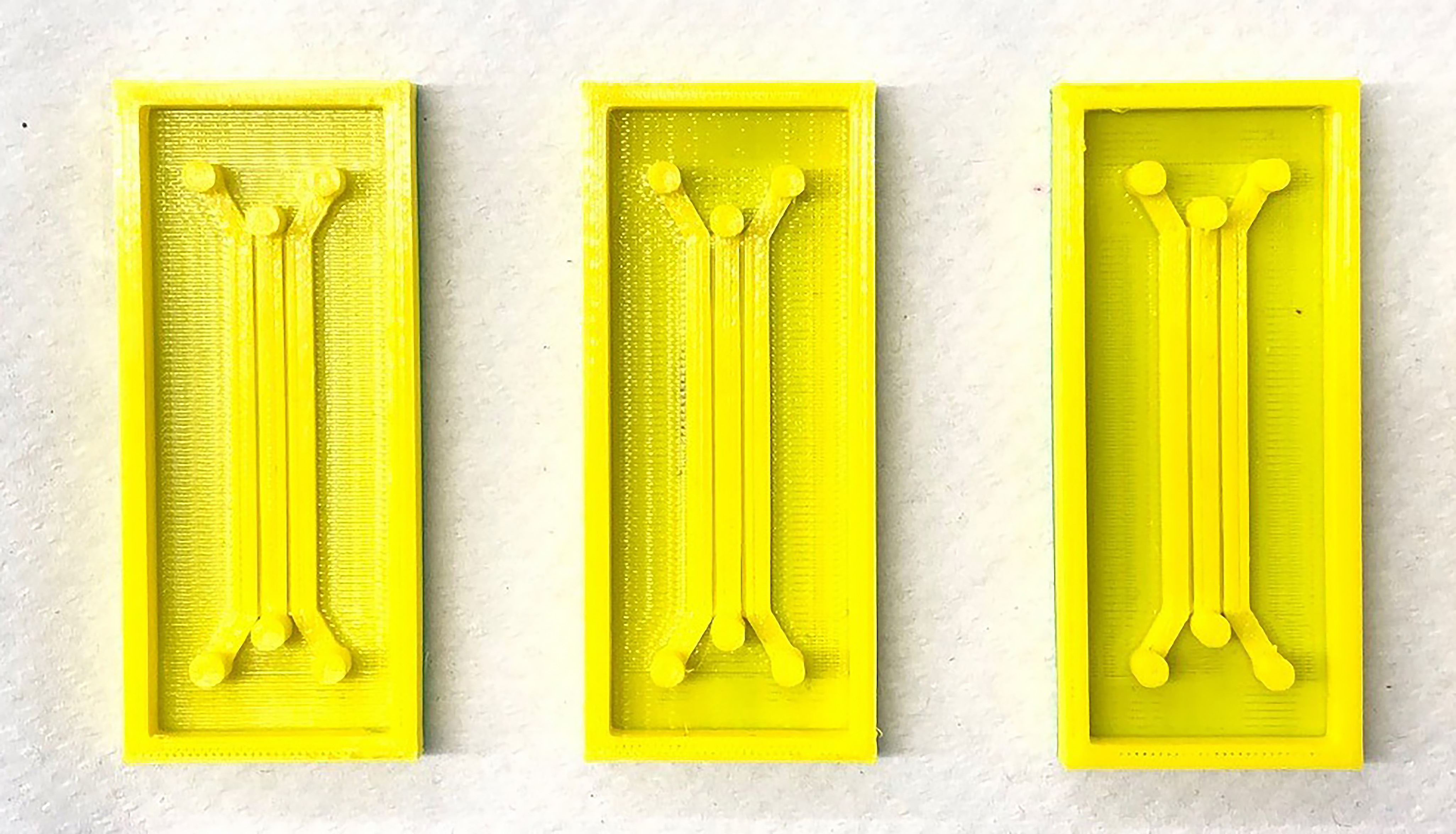Use it or lose it; muscles, bone, and cartilage all deteriorate when astronauts spend long periods of time in space, away from the ponderous pull of gravity. Muscles and bone gradually recover once astronauts return to Earth, but cartilage rarely does. Now, a group of UConn engineers have a plan to encourage cartilage to regenerate, and to test it on the International Space Station.
The engineers have successfully engineered cartilage constructs and tissue chips in the lab on Earth, and just received $400,000 from the National Science Foundation and the Center for the Advancement of Science in Space (CASIS, which is also known as the International Space Station National Lab). Their partner, Space Tango, an aerospace manufacturer in Lexington, Kentucky, will also receive $415,000. This multi-agency grant will fund the development for an experiment on the space station to begin in 2022. NASA has committed to funding the launch costs.

The researchers hope the project can help earthbound people with arthritis, degenerative joint diseases, and injuries, as well as astronauts.
“We can use this technique to screen treatments,” says UConn bioengineer Yupeng Chen, one of the lead researchers on the project. Chen just filed for a patent on the technique, which uses a scaffold inside a 3D printed slide with micro channels for the cartilage to regrow upon. The channels also carry nutrients to the young cartilage cells; blood vessels do this for most tissues in the body, but not for cartilage. This is one of the reasons why it is difficult for cartilage to regrow naturally.
In addition to the 3D printed scaffold, the bioengineers are testing the effect of a micro-RNA (µRNA) on cartilage growth. RNA is the messenger protein that ferries messages to and from the control center of a cell. µRNAs are small pieces of RNA that run interference on the RNA message system, slowing down the cells’ communications in ways that affect growth and development. That can be a very good thing.
For example, exercise increases the amount of µRNA-140 produced in the body. Chen and the rest of the team suspect that µRNA-140 somehow disrupts the cell’s messages to break down cartilage. This leads to preserving or even encouraging cartilage growth and maintenance. The researchers want to use the cartilage scaffold chips to examine the effect of µRNA-140 in space. If it preserves cartilage in the scaffold chips, it can then be tested on animals on Earth. Eventually it could become a drug, or inspire drugs, that encourage damaged cartilage to regrow.
Eventually, the research could improve astronauts’ health in space and on other planets with weaker gravity than Earth. This is particularly important for NASA’s long-term goal of sending humans to Mars. And even if µRNA-140 is unsuccessful, the 3D printed cartilage scaffold could be a very valuable tool, allowing medical researchers to test potential drugs for cartilage in early stages without sacrificing animals.
“If we can engineer a tissue in space, we can engineer it on Earth!” Chen says.
The Bioengineering Department is a joint department of UConn Storrs and UConn Health. It includes the UConn School of Engineering at Storrs and the School of Dental Medicine and School of Medicine in Farmington.



